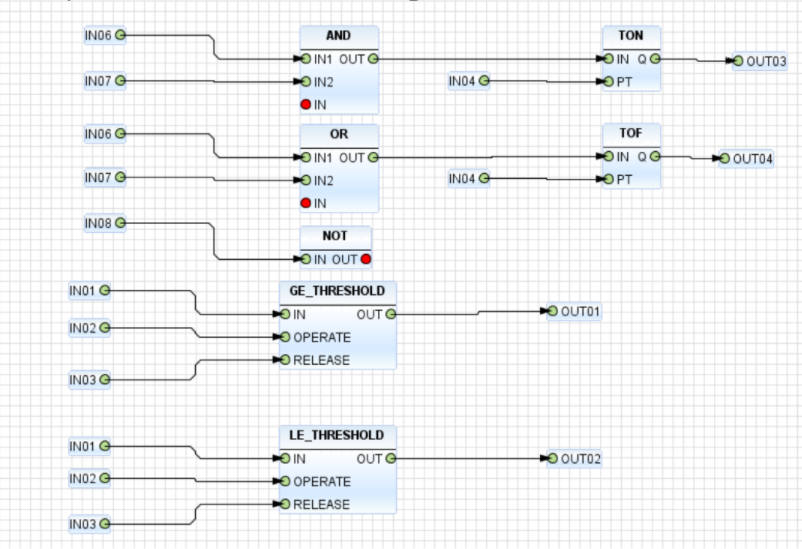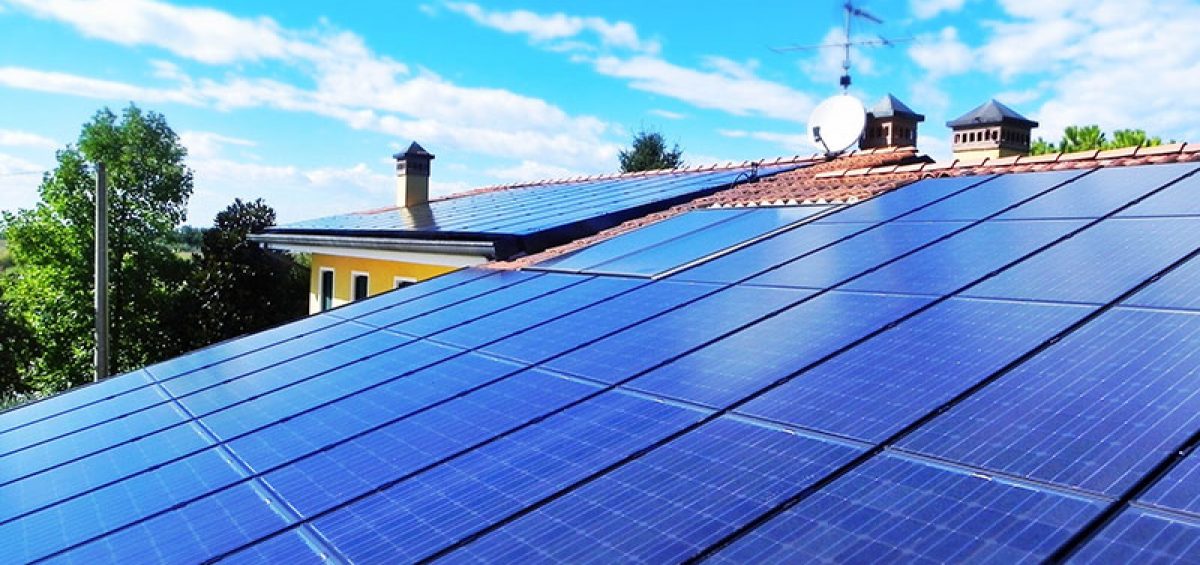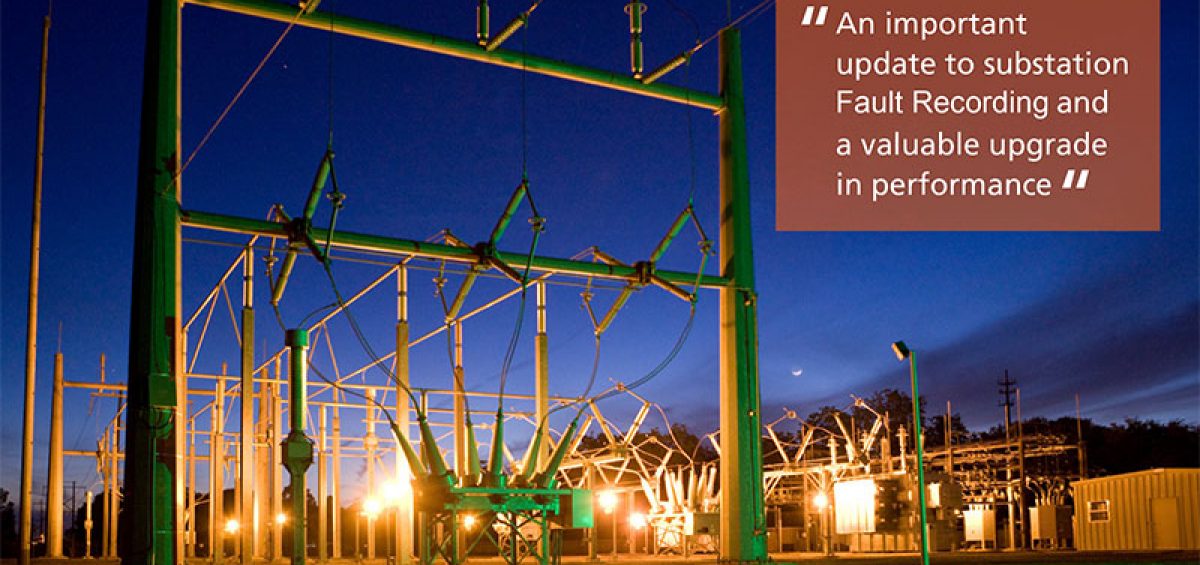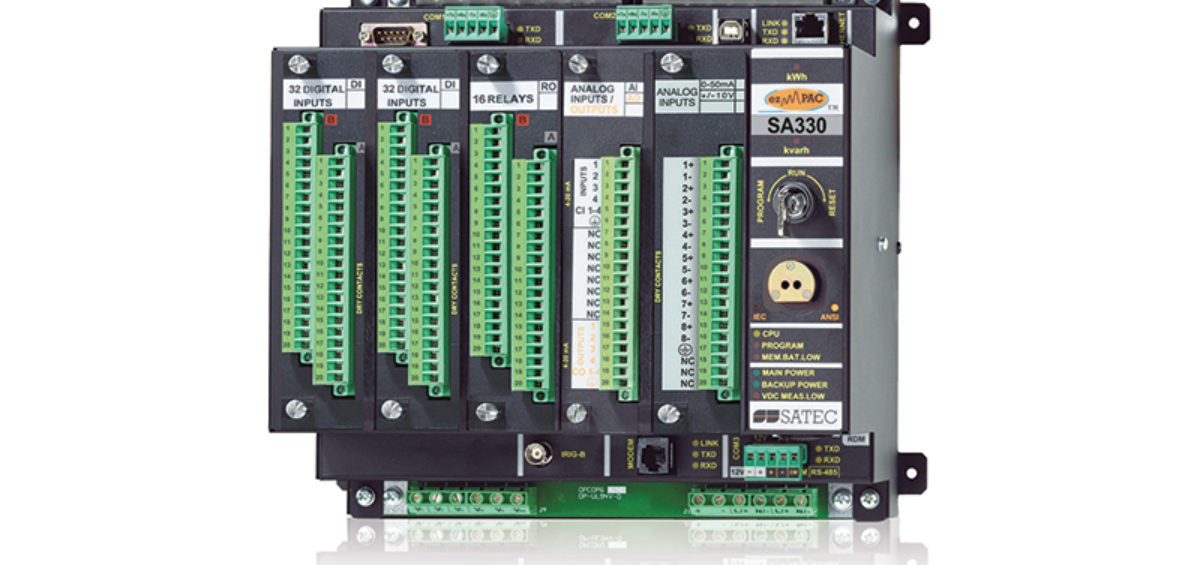SATEC provide a REST API (Application Programming Interface) for advanced connectivity to electrical energy metering and power quality analysers. eXpertpower provides a RESTful API receiving HTTP requests in standard actions such as: GET, POST, PUT, etc. The response type is controlled via ACCEPT header (application/XML, application/JSON). Through use of TCP/IP communications direct for SATEC meters,Read more
Blog
Every SATEC meter includes a Programmable Logic Controller (PLC). The PLC can be used for various applications such as: Substation Automation, Demand Side Participation, Demand Response, Load Control, and a variety of specialist requirements.
SATEC’s eXpertmeter EM133-XM-HACS is the 1st DIN meter approved by the National Measurement Institute (NMI) to be used for three (3) Single-Phase Smart-Meters in a single compact unit!
SATEC, an innovative supplier of power quality analysers and software serving the electrical utility, industrial and commercial markets announces the addition of a powerful Digital Fault Recorder (DFR) to the capabilities of its model BFM-II Second-Generation Branch Feeder Monitor.
Electrical power metering for load profiling provides customers with the ability to measure and monitor their power energy needs, taking control of their power usage. However, there are other features such as Event Logs that the power metering should provide to assist with diagnostics of the electrical system.
SATEC’s release of the NMI approved EM133-XM eXpertmeter takes smart energy metering to a high-level design far exceeding any DIN energy meter products currently on the Australian Market.
Electricity energy meters for use in the Australian market must be Pattern Approved, this involves a process of assessing and testing the electricity energy meter to comply with metrology conditions per NMI M 6-1.
Electricity meters come in many forms. Understanding features and capabilities, as well as the requirements of an application, can ensure that today’s meter will meet tomorrow’s requirements.
Substations in need of automation are usually equipped with electromechanical type protective relaying for system protection. Though these existing devices may be old, they still have many years of remaining service in them.
SATEC were the first manufacturer to achieve the NMI M6-1 accreditation in a DIN-RAIL Smart Meter. SATEC also remain the only supplier to provide the Australian market with a multi-channel metering system solving the problem when there is no physical space for a new metering panel.










